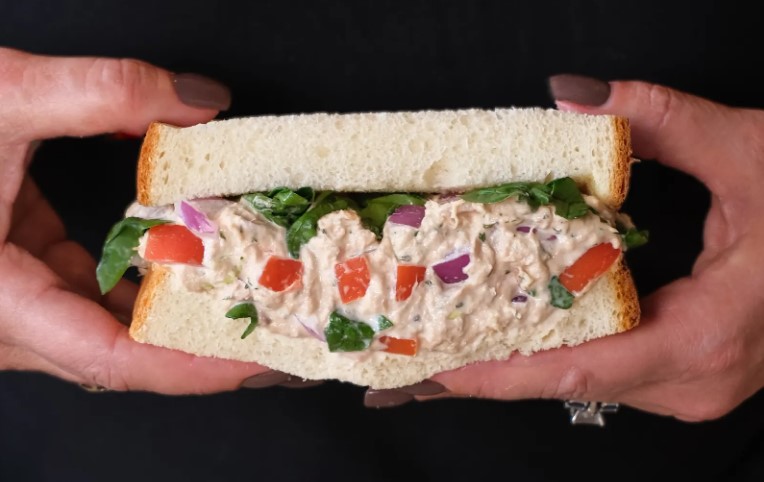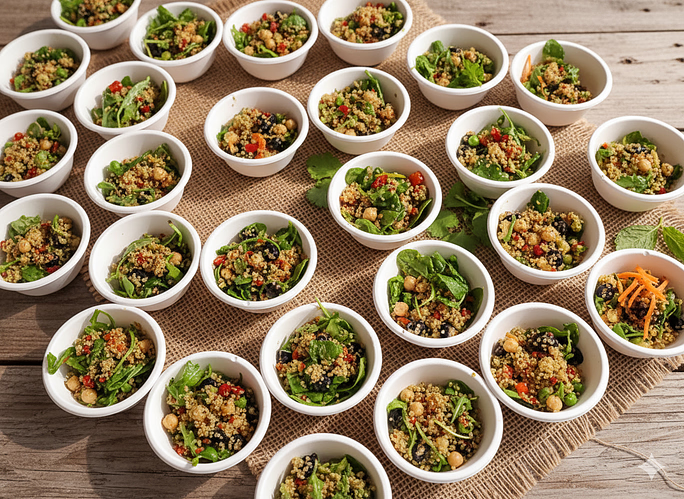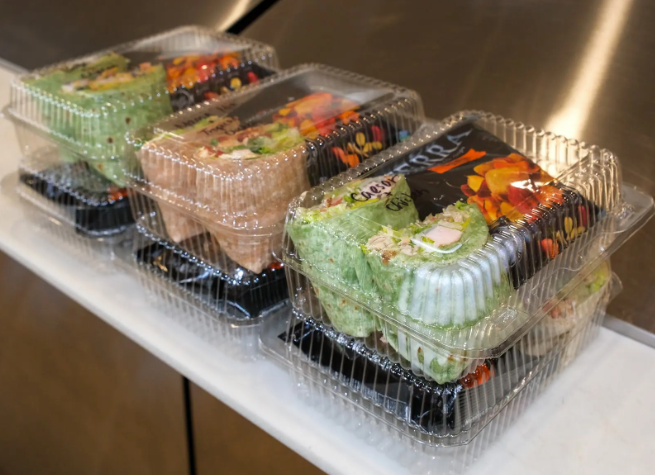As environmental concerns rise and personal health becomes a top priority, more individuals are turning to sustainable eating as a way to make impactful choices—for themselves and the planet. By being more mindful of where food comes from and how it’s produced, we can reduce our carbon footprint, support ethical practices, and enjoy fresher, cleaner ingredients.
Incorporating eco-conscious habits into your diet isn’t just a trend—it’s a lifestyle shift toward green eating and environmental wellness. Whether you’re visiting local farms, choosing plant-based options, or enjoying meals from places like Giardino Gourmet Salads, this guide will help you embrace sustainable eating without overwhelm.
What Is Sustainable Eating?
Defining sustainable and eco-friendly food
Sustainable eating involves choosing foods that are produced in a way that supports environmental health, human well-being, and animal welfare. This means prioritizing minimal waste, ethical sourcing, and reduced resource use (like water and energy).
Eco-friendly food typically involves:
- Low-impact farming methods
- Seasonal and regional availability
- Limited use of synthetic pesticides or additives
Differences between sustainable, organic, and local food
Though they often overlap, these terms have distinct meanings:
- Sustainable: Focuses on long-term ecological balance.
- Organic: Relates to how food is grown—without synthetic chemicals or GMOs.
- Local: Refers to food sourced from nearby areas, supporting regional economies and reducing transportation emissions.
For example, a salad bowl at Giardino Salads may feature locally sourced vegetables—making it both a sustainable and healthy choice.
Why Sustainable Food Matters for the Planet
Reducing carbon footprints through diet
What you eat has a direct impact on the environment. Diets high in red meat and processed foods often contribute significantly to greenhouse gas emissions. In contrast, diets that emphasize vegetables, legumes, grains, and plant-based proteins tend to have a lower climate impact.
The environmental cost of industrial farming
Industrial agriculture often leads to:
- Soil degradation
- Deforestation
- Water pollution
- Overuse of fossil fuels
Choosing alternatives like organic living and regenerative agriculture methods supports long-term planetary health.
How Sustainable Eating Supports Personal Health
Cleaner ingredients and fewer additives
Sustainable food tends to be fresher and less processed. It’s often free of artificial preservatives, colorings, and flavorings—resulting in cleaner, more nutritious meals.
Eating fresh, whole foods from local sources—such as what you might find at Giardino Gourmet Salads—can support digestion, increase energy, and improve mental clarity.
Nutritional value of locally grown produce
Produce grown nearby often retains more nutrients due to shorter transport times. Vitamins like C and B-complex degrade over time, so eating freshly picked fruits and vegetables can have significant health benefits.
Common Sustainable Food Choices
Plant-based meals
One of the most effective ways to eat sustainably is by reducing animal product consumption. Plant-based options like lentils, tofu, chickpeas, and vegetables use fewer resources and produce fewer emissions.
Organic farming and regenerative agriculture
Organic and regenerative farms focus on soil health, biodiversity, and reduced chemical use. They help sustain ecosystems while providing high-quality food.
Ethical meat and dairy sourcing
If you consume animal products, opt for meat and dairy from farms that emphasize animal welfare, pasture-raising, and hormone-free practices.
Tips for Making Your Diet More Sustainable
Shopping at farmers markets
Local farmers markets are ideal for accessing seasonal, regionally grown produce. You reduce emissions associated with long-distance shipping and support your local economy.
Seasonal eating habits
Eating with the seasons ensures better taste and nutrition while lowering environmental impact. For example, choosing tomatoes in summer rather than winter supports sustainable practices.
Reducing food waste at home
You can reduce waste by:
- Planning meals ahead of time
- Using leftovers creatively
- Composting food scraps
Even small actions at home can lead to meaningful change.
Challenges in Sustainable Eating and How to Overcome Them
Affordability concerns
While some sustainable options may seem expensive, smart strategies help:
- Buy in bulk
- Prioritize budget-friendly staples like beans, oats, and seasonal produce
- Support places like Giardino Gourmet Salads, which offer nutritious, fresh healthy food near me at reasonable prices
Limited access to local food in urban areas
Urban dwellers can still eat sustainably by:
- Joining local food co-ops
- Using delivery services that source locally
- Growing herbs or greens at home (even on windowsills)
Sustainable Food Labels: What to Look For
USDA Organic, Fair Trade, Rainforest Alliance
These certifications help identify food produced with ethical and eco-friendly standards:
- USDA Organic: No synthetic pesticides, GMOs, or fertilizers
- Fair Trade: Ethical labor practices and fair wages
- Rainforest Alliance: Environmental conservation and biodiversity support
How to decode sustainability certifications
Look beyond buzzwords. Check labels for legitimate certifications and learn what each one represents. This helps you become a more conscious consumer and supports ethical brands.
How to Encourage a Sustainable Food Culture
Educating families and children
Introduce the concept of sustainable eating at a young age. Involve kids in grocery shopping, teach them about where food comes from, and encourage them to try new plant-based meals.
Supporting local food initiatives
Advocate for community-supported agriculture (CSA), local gardens, and eco-conscious restaurants. Restaurants like Giardino Gourmet Salads promote transparency and sustainability in their sourcing and menu design—helping drive broader food system change.
Final Thoughts
Eating sustainably is one of the most powerful actions individuals can take for their health and the planet. From choosing eco-friendly food options to supporting restaurants that align with these values—like Giardino Gourmet Salads—you can make a positive impact starting today.
Remember, sustainability isn’t about being perfect—it’s about making informed, intentional choices. Begin with small steps, like choosing plant-based meals, shopping
Frequently Asked Questions (FAQs)
Examples include seasonal fruits, vegetables, locally sourced meats, whole grains, and organically grown products. Eating meals at places like Giardino Salads near me that prioritize local and clean ingredients is a great sustainable choice.
Generally yes, especially when it’s locally grown and seasonal. However, highly processed plant foods or those shipped long distances may reduce sustainability.
Urban eaters can shop at local co-ops, order from sustainable restaurants like Giardino Gourmet Salads, grow herbs at home, and reduce packaging waste with bulk purchases.
Plan meals ahead, store food properly, use leftovers creatively, and understand food date labels to avoid unnecessary discards. Composting food scraps is also a great way to minimize waste.
Not always. While organic farming avoids harmful pesticides, factors like transportation, packaging, and water use also impact sustainability. Choosing local, in-season produce—organic or not—often has a lower environmental footprint.







